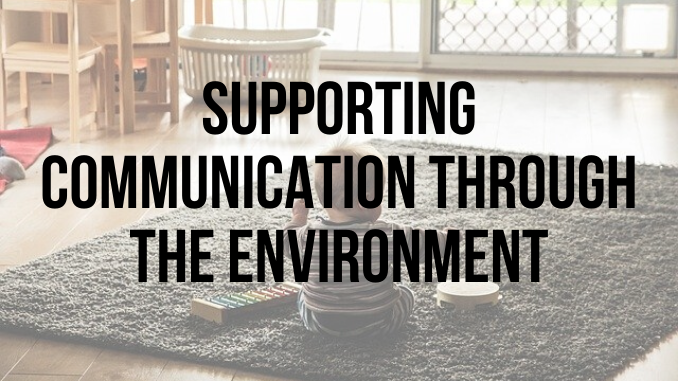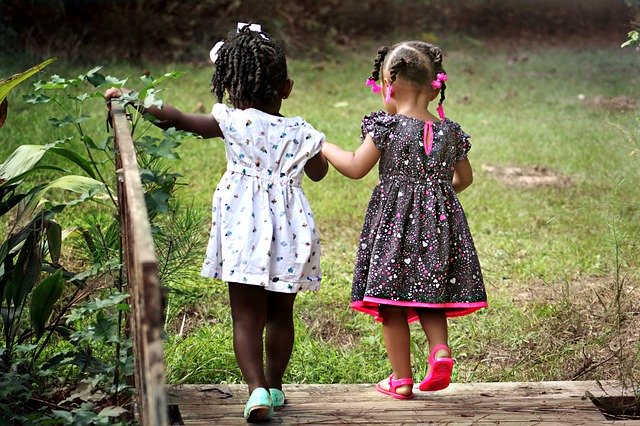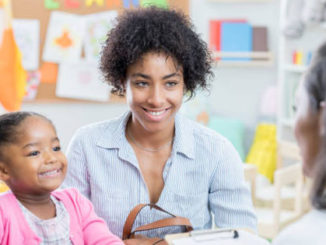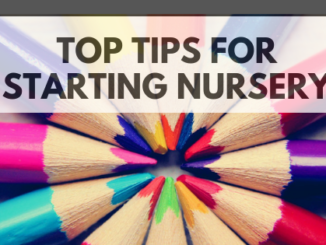Children’s design used to be dominated by bright, primary colours and as much ‘stuff’ as possible. The idea was to make spaces stimulating and interesting for children with lots of eye-catching learning material.
These days, things tend to be much more pared back. Neutral and natural are the design concepts gaining the most backing, but why exactly is that?
As well as being inspired by approaches such as Reggio Emilia and Montessori, the Communication Friendly Spaces™ (CFS™) Approach has a lot to do with it. This approach focuses on how the environment can play a part in supporting speaking and listening skills, emotional well-being, physical development and general engagement in the EYFS.
Research by the University of Illinois on the ‘Human benefits of green spaces’ found that too much colour in the environment can cause a decline in children’s behaviour. This explains the trend towards natural, neutral colours, white, beige, grey and so on, as well as natural materials such as wood, wicker and cotton.
The EYFS is particularly supportive of placing emphasis on the learning environment, having “An enabling environment” as it’s basis.
Elizabeth Jarman, creator of the trademarked Communication friendly spaces, says, ‘it’s critical to understand how the physical space should connect with its intention. I think it’s essential to tune into the environment from the learner’s perspective..’ This means that we need to think about our settings from children’s points of view and remove anything that may be distracting, or a barrier to communication.
The environment needs to provide children with opportunities to talk, listen, understand and take part and remove any barriers to communication.
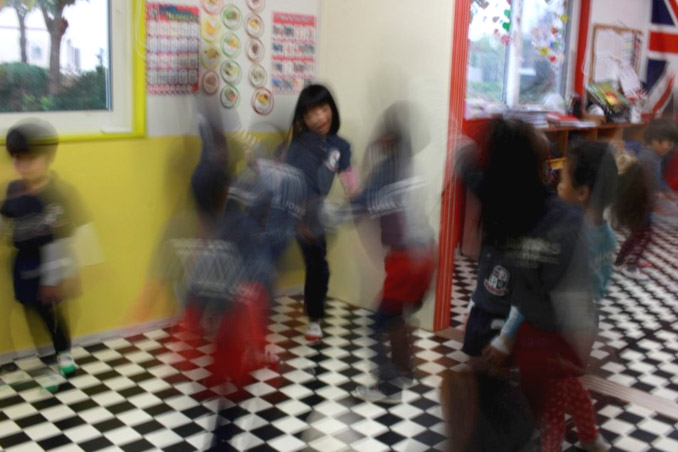
Space, light and layout
Are there cosy, comfortable places to talk? Little communication nooks or cosy corners are ideal for more reluctant talkers. Children who are shy with adults are often more willing to talk to their peers as they play together, or to talk with a trusted adult (key person) one on one.
Can you see people’s faces when they are talking? It sounds obvious, but being able to see people’s faces as they talk is very important, and especially so for young children, this is why light, bright spaces with natural light are valued. It makes it easier to see expressions and lip movements if you can see well.
Can you rearrange the layout of the room to suit different opportunities for talking – as pairs, small or large groups? The space should be flexible, and easy to rearrange to suit the different activities you have planned.
Noise levels
What is the general level of noise like? Again, it sounds obvious but spaces that are too loud can be intimidating or overwhelming for young children
Are there noisy distractions from inside or out? Sometimes these can’t be helped but if next door is building site then closing the windows to limit the noise is a good idea. Turn off the radio too, as it becomes a jumble of background noise, making distinguishing different sounds and words quite difficult for young children.
Can everyone hear and be heard? Another basic requirement, but actually this can be quite difficult to achieve in Early Years settings, particularly if your space is small or you have lots of children. Techniques like allowing free-flow into an outdoor area can give you lots more space which spreads noise out and gives children a chance to be heard.
Visual support
Signs, symbols, photographs and sometimes writing are features of many approaches to a communication friendly environment. This visual support helps children understand what things are used for, where they belong and what’s happening next which is invaluable if they are struggling to pick up on verbal instructions.
Are they used as labels, to support routines, as timetables? Being able to tell children, using visual support, what is happening now, and what will happen next is great for easing feelings of anxiety or overwhelm.
Are parents shown how they work? Getting parents on board can help to provide a more consistent approach to the use of visual supports.
Is there the right amount and kind of visual support for the age and development of the children? Text-heavy environments are meaningless to 2 year olds who can’t read! The visual support needs to be tailored to the children using the space.
The role of adults in the environment
The skills and approaches adults use to listen and talk with children and young people are really important. The EYFS focuses strongly on what adults do within the learning environment and places a great emphasis on positive relationships.
Almost everything that happens within the day can support speech, language and communication, so adults are responsible for making sure that these opportunities are planned for and used. Activities specifically designed to focus on communication should also be planned for.
To support children’s communication in the Early Years staff employ a range of different techniques. These could include;
Follow children’s interests
Listen to what children are saying, notice what they’re playing with and ask their parents what they like to do at home. This can support their attention and listening skills, enabling children to stay at activities for a longer time.
Get involved
Adults should not simply supervise play, but need to join in and immerse themselves in it too. This shows children that adults value what they do and what they have to say. It builds a relationship and rapport with children, meaning that they are more likely to want to talk with adults as they learn to like and trust them. Playing with children also gives adults the chance to model pro-social behaviour, taking turns talking and listening.
As adults play alongside children they can add vocabulary; Children need to hear language in context for them to learn new words.
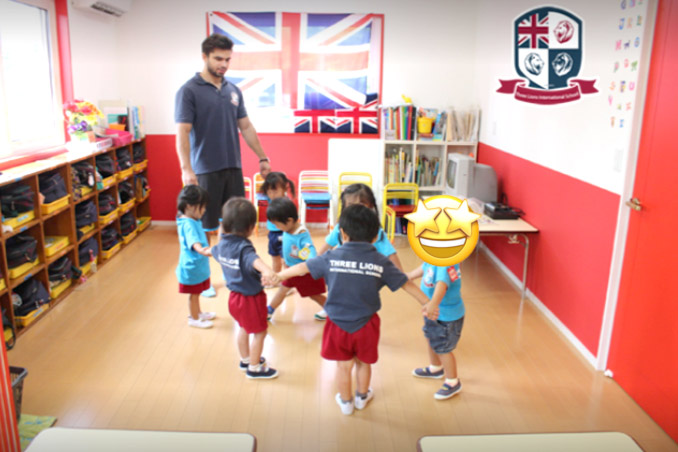
Wait for children to respond
Children can often need time to respond, and it’s usually longer than adults expect. Experts recommend waiting around 10 seconds for a child to respond. Children need time to take in what was said, understand it, think of an answer, find the words for that answer, and then co-ordinate their facial muscles to say those speech sounds.
Simplify instructions
This can help children to focus on one instruction at a time. Rather than “Lets all wash our hands and then go and sit down on the carpet” practitioners might say ‘wash your hands’ wait and then say ‘sit on the carpet’.
Jarman, E. (2013) Communication Friendly Spaces Approach.

